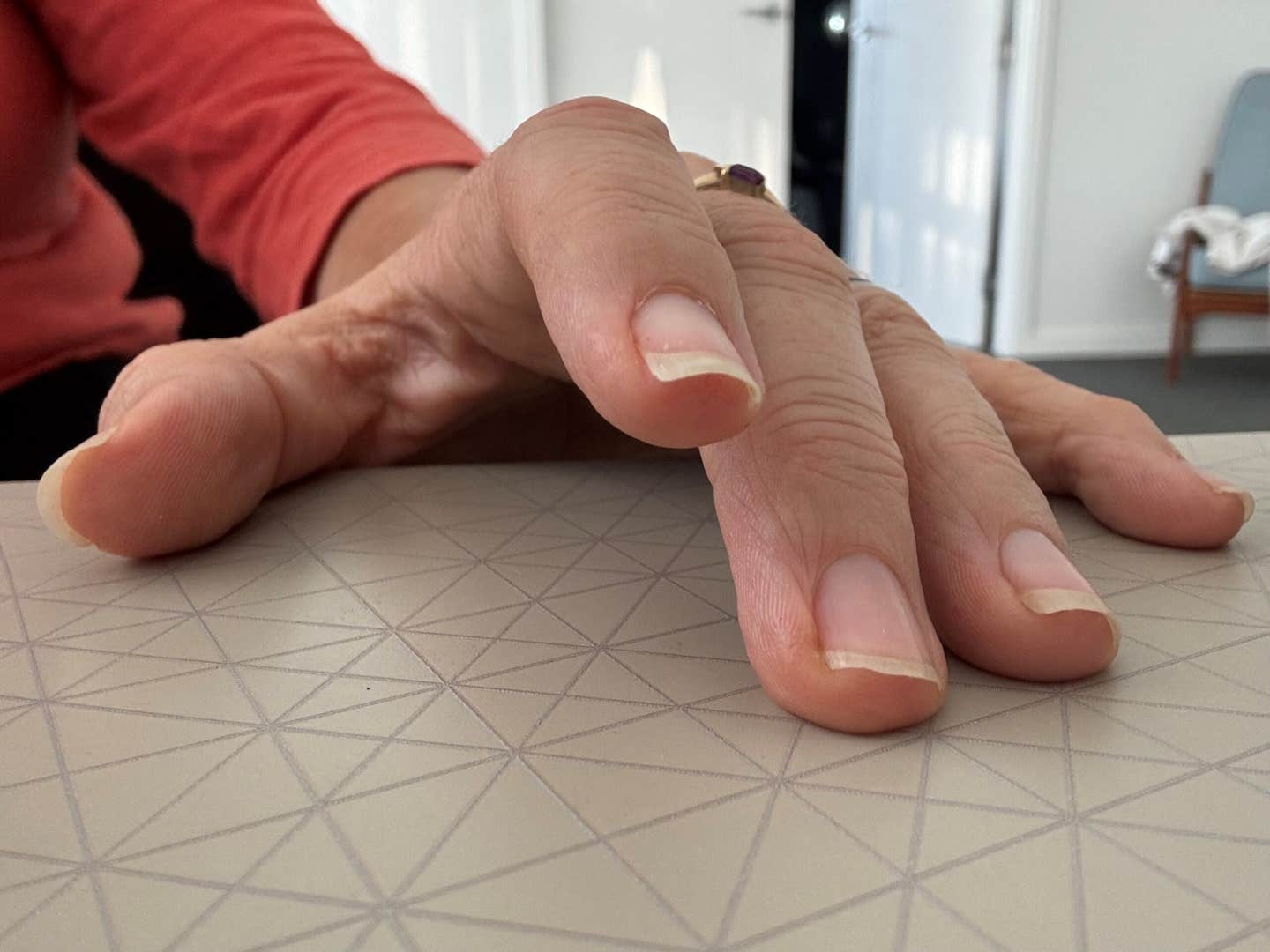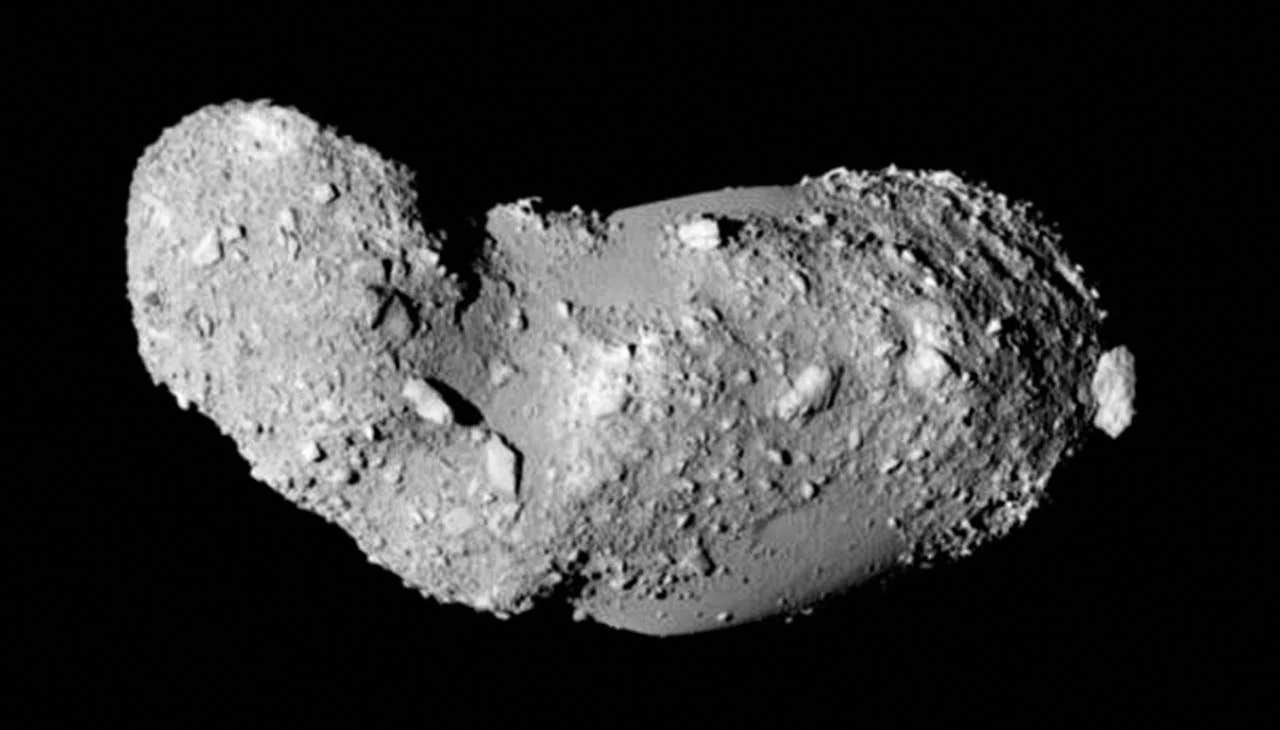Mars Rover Discovers Traces of Ancient Martian Beaches
Radar scans from the Zhurong rover reveal evidence of an ancient ocean on Mars, reshaping theories about the planet’s history and habitability.

New radar data from the Zhurong rover reveals striking evidence of an ancient Martian ocean, suggesting Mars was once a wetter, more habitable planet. (CREDIT: CC BY-SA 4.0)
The idea of an ancient Martian ocean has fascinated scientists for decades. Now, groundbreaking research based on radar scans from China’s Zhurong rover has uncovered the most compelling evidence yet.
Beneath the surface of Utopia Planitia, a vast basin on Mars, layers of rock formations suggest that the planet may have once hosted sprawling, Earth-like coastlines. This discovery not only strengthens the case for a past ocean but also hints at conditions that could have supported life.
A Window into Mars’ Watery Past
Mars’ surface today is barren, dry, and cold, with temperatures averaging around minus 80 degrees Fahrenheit. However, the planet’s geological history tells a different story. Scientists have long debated whether Mars once had large bodies of water. Orbital images have revealed valley networks, ancient lakebeds, and even what appear to be the remnants of shorelines. But without conclusive evidence, the theory of a Martian ocean remained uncertain.
That changed with data from the Zhurong rover, which landed on Mars in May 2021 as part of China’s Tianwen-1 mission. The rover was equipped with a ground-penetrating radar system called the Rover Penetrating Radar (RoPeR), designed to scan beneath the Martian soil.
This technology allowed scientists to examine layers of sediment buried under the surface, revealing structures strikingly similar to those found in coastal environments on Earth.
Decoding Mars’ Ancient Shorelines
The research team, which included scientists from Penn State University and the University of California, Berkeley, analyzed radar scans from the rover’s 1.3-kilometer journey across Utopia Planitia.
Related Stories
What they found was extraordinary: layers of rock formations that sloped downward in a consistent pattern, similar to foreshore deposits found on Earth’s coastlines. These formations, which ranged from 10 to 35 meters thick, showed no signs of being shaped by rivers, wind, or volcanic activity. Instead, they bore all the hallmarks of an ancient shoreline shaped by waves and tides.
“We’re finding places on Mars that used to look like ancient beaches and ancient river deltas,” said Benjamin Cardenas, assistant professor of geology at Penn State and co-author of the study. “We found evidence for wind, waves, no shortage of sand—a proper, vacation-style beach.”
The researchers compared the Martian radar data with radar images of Earth’s coastal sedimentary deposits and found a striking resemblance. The sloping angles of the formations matched those seen in shoreline structures created by water movement. This indicated that Mars once had a dynamic interaction between land and water, similar to the conditions that existed on early Earth.
“This stood out to us immediately because it suggests there were waves, which means there was a dynamic interface of air and water,” Cardenas explained. “When we look back at where the earliest life on Earth developed, it was in the interaction between oceans and land. So, this is painting a picture of ancient habitable environments, capable of harboring conditions friendly toward microbial life.”
The Evolution of the Martian Environment
The findings suggest that the Martian ocean existed during the Late Hesperian period, a time when Mars was transitioning from a wet planet to the dry and desolate world it is today. The deposits indicate that sediment was continuously supplied to the shoreline, suggesting that the ocean was not a short-lived melt event but rather a long-standing body of water.
Unlike previous studies that relied on surface-level observations, this research provides a rare glimpse into Mars’ subsurface, revealing how its landscape evolved over time. The consistent, unidirectional dip of the layers suggests that sediment was deposited by sustained coastal processes, rather than by brief or localized events.
“We’re seeing that the shoreline of this body of water evolved over time,” Cardenas said. “We tend to think about Mars as just a static snapshot of a planet, but it was evolving. Rivers were flowing, sediment was moving, and land was being built and eroded.”
This discovery strengthens the hypothesis that a significant portion of Mars’ northern hemisphere was once covered by an ocean. Previous research estimated that such an ocean could have spanned nearly a third of the planet’s surface. The existence of a stable body of water for potentially tens of millions of years suggests that Mars had a climate capable of supporting liquid water for an extended period.
What This Means for the Search for Life
The presence of an ocean with wave activity raises intriguing questions about Mars’ ability to support life. On Earth, some of the earliest forms of life emerged in coastal environments, where interactions between water and land created ideal conditions for biological development. If similar processes occurred on Mars, then these ancient shorelines may be prime locations to search for signs of past life.
“The capabilities of the Zhurong rover have allowed us to understand the geologic history of the planet in an entirely new way,” said Michael Manga, professor of Earth and planetary science at the University of California, Berkeley. “Its ground-penetrating radar gives us a view of the subsurface of the planet, which allows us to do geology that we could have never done before.”
The rover’s findings mark a major step forward in understanding Mars’ past. Future missions, including the upcoming Mars Sample Return mission, could further investigate these areas, potentially bringing back rock samples for detailed analysis. If organic molecules or microbial fossils are found within these coastal deposits, it would provide the strongest evidence yet that life once existed on Mars.
The discovery of an ancient Martian ocean does more than reshape our understanding of the planet’s history—it brings us closer to answering one of humanity’s biggest questions: Are we alone in the universe?
As scientists continue to study the red planet, the clues left behind in its ancient shorelines may hold the key to unraveling its long-lost secrets.
Research findings are available in the journal PNAS Earth, Atmospheric, and Planetary Sciences.
Note: Materials provided above by The Brighter Side of News. Content may be edited for style and length.
Like these kind of feel good stories? Get The Brighter Side of News' newsletter.
Joshua Shavit
Science & Technology Writer | AI and Robotics Reporter
Joshua Shavit is a Los Angeles-based science and technology writer with a passion for exploring the breakthroughs shaping the future. As a contributor to The Brighter Side of News, he focuses on positive and transformative advancements in AI, technology, physics, engineering, robotics and space science. Joshua is currently working towards a Bachelor of Science in Business Administration at the University of California, Berkeley. He combines his academic background with a talent for storytelling, making complex scientific discoveries engaging and accessible. His work highlights the innovators behind the ideas, bringing readers closer to the people driving progress.



